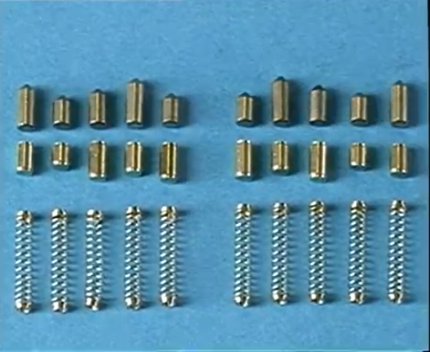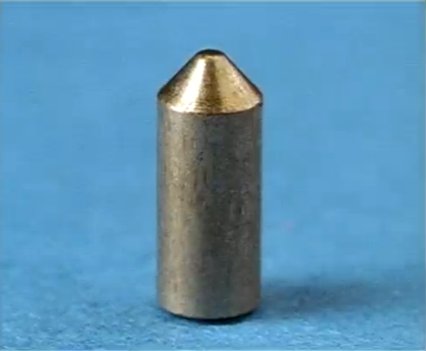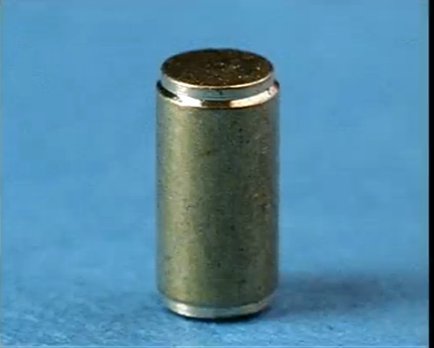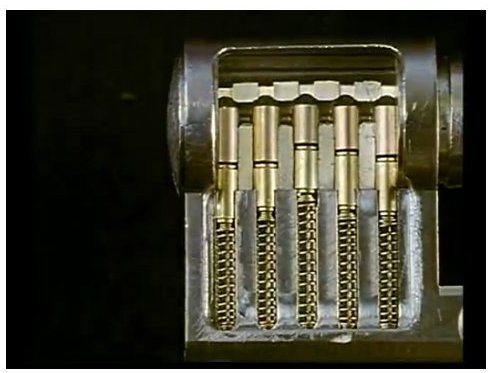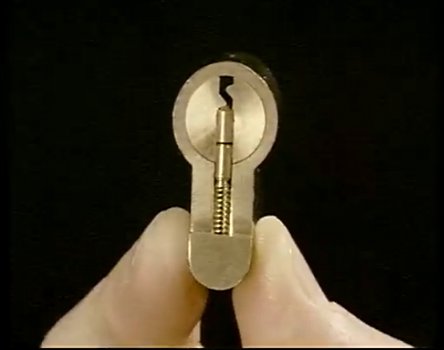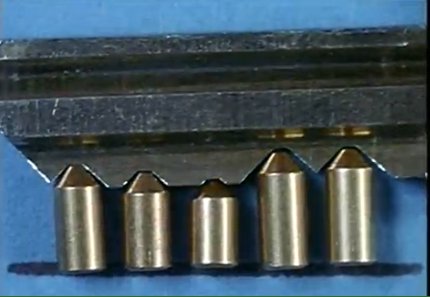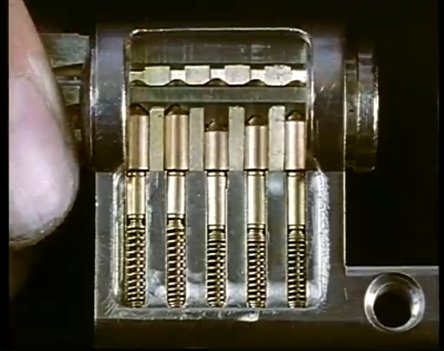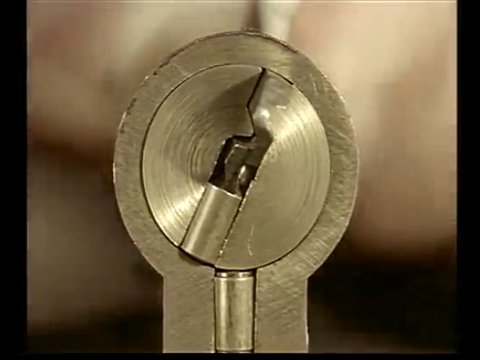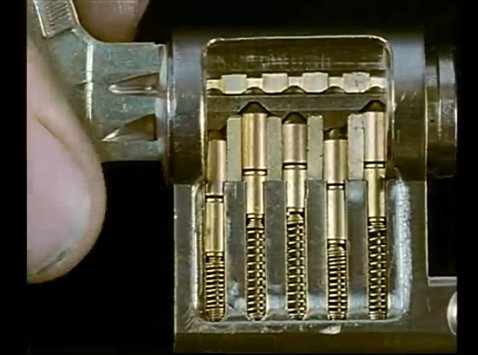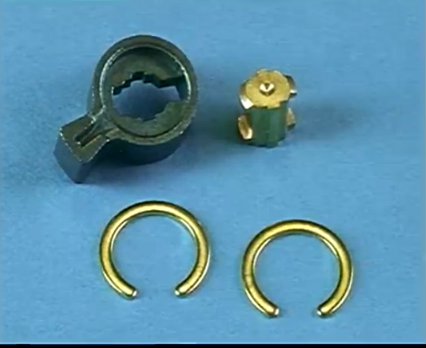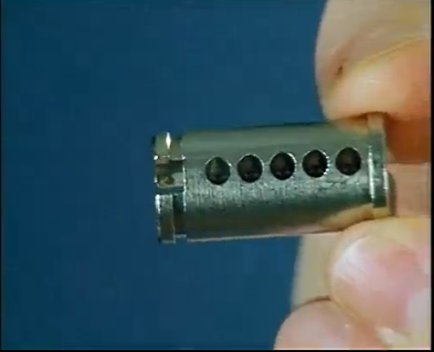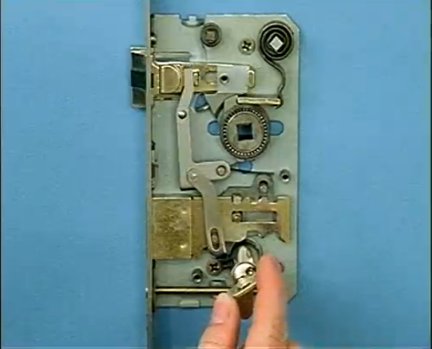Project:Lockpicking/Inside lock: Difference between revisions
From London Hackspace Wiki
| Line 43: | Line 43: | ||
<br> | <br> | ||
[[File:Lock-key-pins.jpg|border|center|text bottom|''Key with the right code'']] | [[File:Lock-key-pins.jpg|border|center|text-bottom|''Key with the right code'']] | ||
<center>In order for a lock to open, all pins must be aligned on the sheer line. This is the function of the key. The cuts in the key correspond to the length of the pins inside the lock. This image shows five top pins aligned neatly to the key above.</center> | <center>In order for a lock to open, all pins must be aligned on the sheer line. This is the function of the key. The cuts in the key correspond to the length of the pins inside the lock. This image shows five top pins aligned neatly to the key above.</center> | ||
| Line 49: | Line 49: | ||
<br> | <br> | ||
[[File:Lock-key-sheerline.jpg|border|center|text bottom|''right key inside lock, sheer line'']] | [[File:Lock-key-sheerline.jpg|border|center|text-bottom|''right key inside lock, sheer line'']] | ||
<center>In this image, we can see that the right key is inside the lock. We see that all the pins are aligned neatly. We can see that there is a space between the top and bottom pins which we call the <i>sheer line</i>. In the present state, the lock can turn and open since no pins are blocking the movement of the lock.</center> | <center>In this image, we can see that the right key is inside the lock. We see that all the pins are aligned neatly. We can see that there is a space between the top and bottom pins which we call the <i>sheer line</i>. In the present state, the lock can turn and open since no pins are blocking the movement of the lock.</center> | ||
| Line 55: | Line 55: | ||
<br> | <br> | ||
[[File:Lock-behind-key.jpg|border|center|text bottom|''View from behind with right key'']] | [[File:Lock-behind-key.jpg|border|center|text-bottom|''View from behind with right key'']] | ||
<center>Here we see the right key in the lock and we see that all pins are aligned neatly on the sheerline and that there are no pins blocking the lock. Thus, the lock can turn open</center> | <center>Here we see the right key in the lock and we see that all pins are aligned neatly on the sheerline and that there are no pins blocking the lock. Thus, the lock can turn open</center> | ||
Revision as of 11:10, 8 March 2011
Inside a Lock
Have you ever wondered (or cared) what is inside a lock? How does a lock close and how does a lock open? For this example, we have taken a "eurocylinder" The eurocylinder is the most used door lock in Europe.
Overview of inside a lock
The Pins Inside the Lock
Function of the key inside the lock
Examples of the Wrong Key in a Lock
Other parts of the Euro Cylinder
How does the lock open the door?
